Consumer preferences and trends in dirt quality standards have seen a remarkable evolution in recent years, reflecting a growing awareness of the importance of soil health in various aspects of life. This shift is driven by a combination of factors, including environmental concerns, health consciousness, and the desire for sustainable living practices. As consumers become increasingly informed about the impact of soil quality on food production, biodiversity, and ecosystem health, their preferences are influencing the standards set for dirt quality. One notable trend is the rising demand for organic and chemical-free soils. With more consumers seeking to minimize their exposure to synthetic chemicals and pesticides, there is a growing preference for soils that are certified organic or labeled as free from harmful contaminants. This trend aligns with broader movements towards organic farming and sustainable agriculture practices, where soil quality is paramount for ensuring the health and nutritional value of crops. Moreover, there is a growing interest in soil quality as it relates to gardening and landscaping.
Home gardeners and landscaping professionals alike are recognizing the importance of using high-quality soil to support healthy plant growth and vibrant ecosystems. As a result, there is a demand for soils that are rich in organic matter, well-draining, and free from pollutants. This has led to the development of standards and certifications specifically tailored to assess and promote the quality of soils used in gardening and landscaping applications. Additionally, the concept of regenerative agriculture has gained traction among consumers concerned about the long-term sustainability of food production systems. Regenerative practices focus on enhancing soil health and biodiversity, improving water retention, and sequestering carbon to mitigate climate change. As consumers become more aware of the environmental benefits associated with regenerative agriculture, they are seeking out products grown in soils managed using these principles. This has prompted manufacturers and retailers to adopt stricter standards for soil quality, ensuring that their products meet the growing demand for regeneratively sourced materials.
Furthermore, the emergence of indoor gardening and hydroponic systems has created new opportunities and challenges in the realm of SoCal Fill Dirt Imports/Exports quality standards. As more people turn to indoor gardening for its convenience and space-saving benefits, there is a need for soils that are specifically formulated for use in controlled environments. Consumers are looking for soils that provide optimal nutrient levels, pH balance, and water retention properties to support healthy plant growth without the need for chemical fertilizers or pesticides. In conclusion, consumer preferences and trends in dirt quality standards are evolving in response to growing concerns about environmental sustainability, health, and food security. From organic gardening to regenerative agriculture and indoor gardening, consumers are driving demand for soils that meet higher standards of quality and sustainability. This shift is reshaping the way soils are produced, marketed, and regulated, highlighting the central role of soil health in shaping the future of agriculture and landscaping.
